Climax|The Solar Term Xiaoshu (Lesser Heat): Leading to the Climax of the Heated Summer Symphony
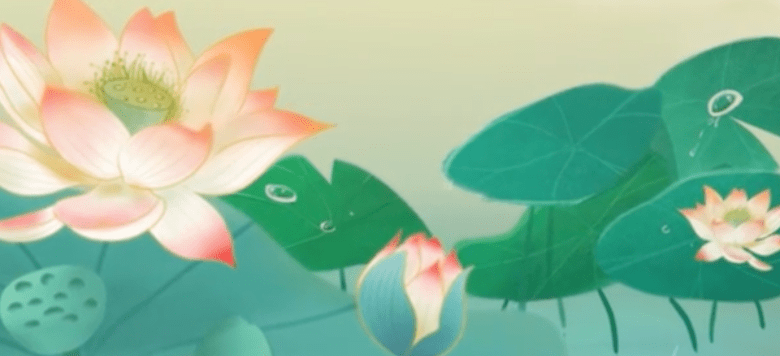
文章图片
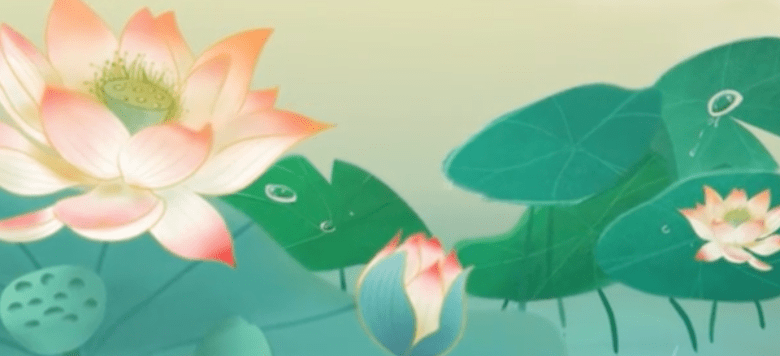
文章图片
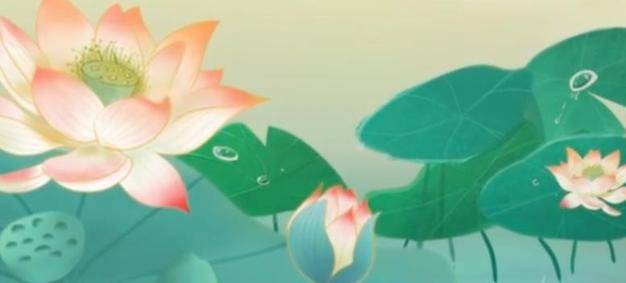
文章图片
"All at once, wafts of heated wind blow;
The footprints of Xiaoshu, they follow.
Rustling bamboos forecast the rain; Gloomy mountains anticipate the thunderbolt." (Trans. by Li 2021)
In early July, comes the 11th one of the 24 solar terms, Xiaoshu (or Lesser Heat), which signifies the coming of the height of summer.
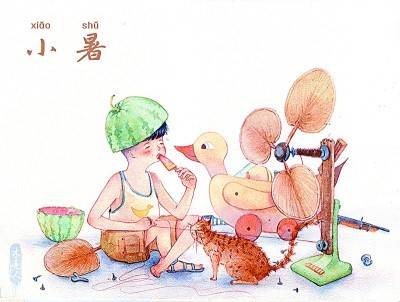
文章图片
This solar term is characterized by hot and humid weather, which is reflected in the watercolour illustration created by Mukeren. In the painting, the mischievous boy who wears a "watermelon hat", and the playful fan which is "easily-assembled" by hand, are combined with the other summer elements in an imaginative way. The refreshing colours of the illustration seem to instantly beat the summer heat.
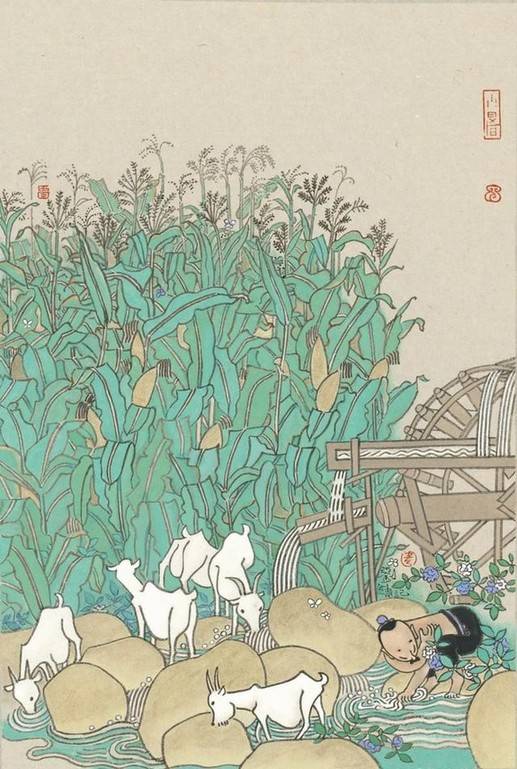
文章图片
Another way to stay cool in the hot summer is to play in the water, which is depicted in the Chinese painting by Liu Jingui. The green cornfield which dominates the piece sets the mood for the painting. The lucid spring water flowing down from the waterwheel and then winding through the rocks, the man and the goats in different poses in the water, compose a scene which displays a good balance between stillness and motion. The large area of empty space adds a sense of coolness to the work.
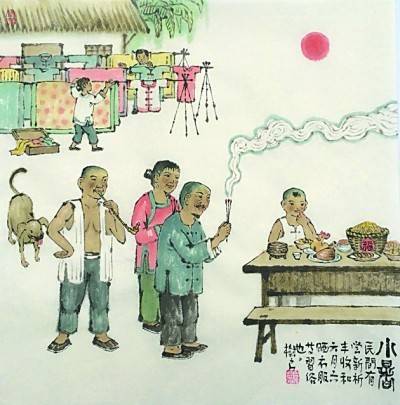
文章图片
Apart from beating the heat, it is also important to make use of the heat during this solar term. Just as the saying goes, "During Xiaoshu, have the mould and damp removed". People tend to dry their books, art works and clothing outdoors during Xiaoshu. This is shown in the painting by Dai Shuliang. In the distance, is the blazing sun, in which the bedding and clothes of various colours are neatly hung, a delightful scene filled with radiant hues of the hot summer days. The foreground of the painting features another custom of this solar term, tasting new rice. In the rural areas of China, farmers cook the newly-harvested rice and serve it as offerings to their ancestors and the God of Five Grains, before having a Xiaoshu feast. In the urban areas, people tend to buy new rice, which is cooked together with the old rice. With the little child who cannot resist the temptation of the delicious dishes on the table and the adults who burn incense to pray for a good harvest, this painting represents real life scenarios full of vigour and vitality.
In addition, people also eat lotus roots, summer's special congee, and rice field eel during this solar term. Xiaoshu, or Lesser Heat, is a stimulating prelude, continuously releasing heat and passion, leading us to the forthcoming climax of the hot summer symphony.
【Climax|The Solar Term Xiaoshu (Lesser Heat): Leading to the Climax of the Heated Summer Symphony】[责任编辑: JYZ ]
以上关于本文的内容,仅作参考!温馨提示:如遇专业性较强的问题(如:疾病、健康、理财等),还请咨询专业人士给予相关指导!
「辽宁龙网」www.liaoninglong.com小编还为您精选了以下内容,希望对您有所帮助:- WinTam与虎同行 In Me The TIGER
- 黑色 与虎同行 In Me The TIGER
- 经典游戏《MOTHER》联名款G-SHOCK发售 复古精致
- 复古 ins时尚博主butwhythehell 低饱和度颜色打造美式复古
- ins时尚博主butwhythehell 低饱和度颜色打造美式复古
- 饱和度 ins时尚博主butwhythehell 低饱和度颜色打造美式复古
- 简实 臻启自在灵感 探索都市新潮 Theory思睿于昆明、郑州二地开设全新精品店
- thereME!
- 出货XM STUDIOS DC反派 罗伯LOBO 爆狼THE WOLF 1/4雕像
- The KAWS x The North Face "XX KAWS" Collection发布
